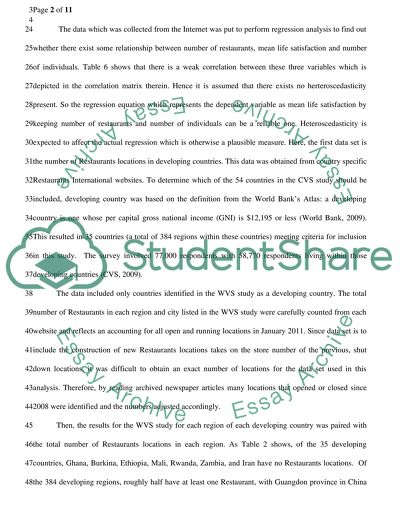Cite this document
(“Restaurants and Happiness/Life Satisfaction Statistics Project”, n.d.)
Retrieved from https://studentshare.org/statistics/1421110-restaurants-and-happinesslife-satisfaction
Retrieved from https://studentshare.org/statistics/1421110-restaurants-and-happinesslife-satisfaction
(Restaurants and Happiness/Life Satisfaction Statistics Project)
https://studentshare.org/statistics/1421110-restaurants-and-happinesslife-satisfaction.
https://studentshare.org/statistics/1421110-restaurants-and-happinesslife-satisfaction.
“Restaurants and Happiness/Life Satisfaction Statistics Project”, n.d. https://studentshare.org/statistics/1421110-restaurants-and-happinesslife-satisfaction.


